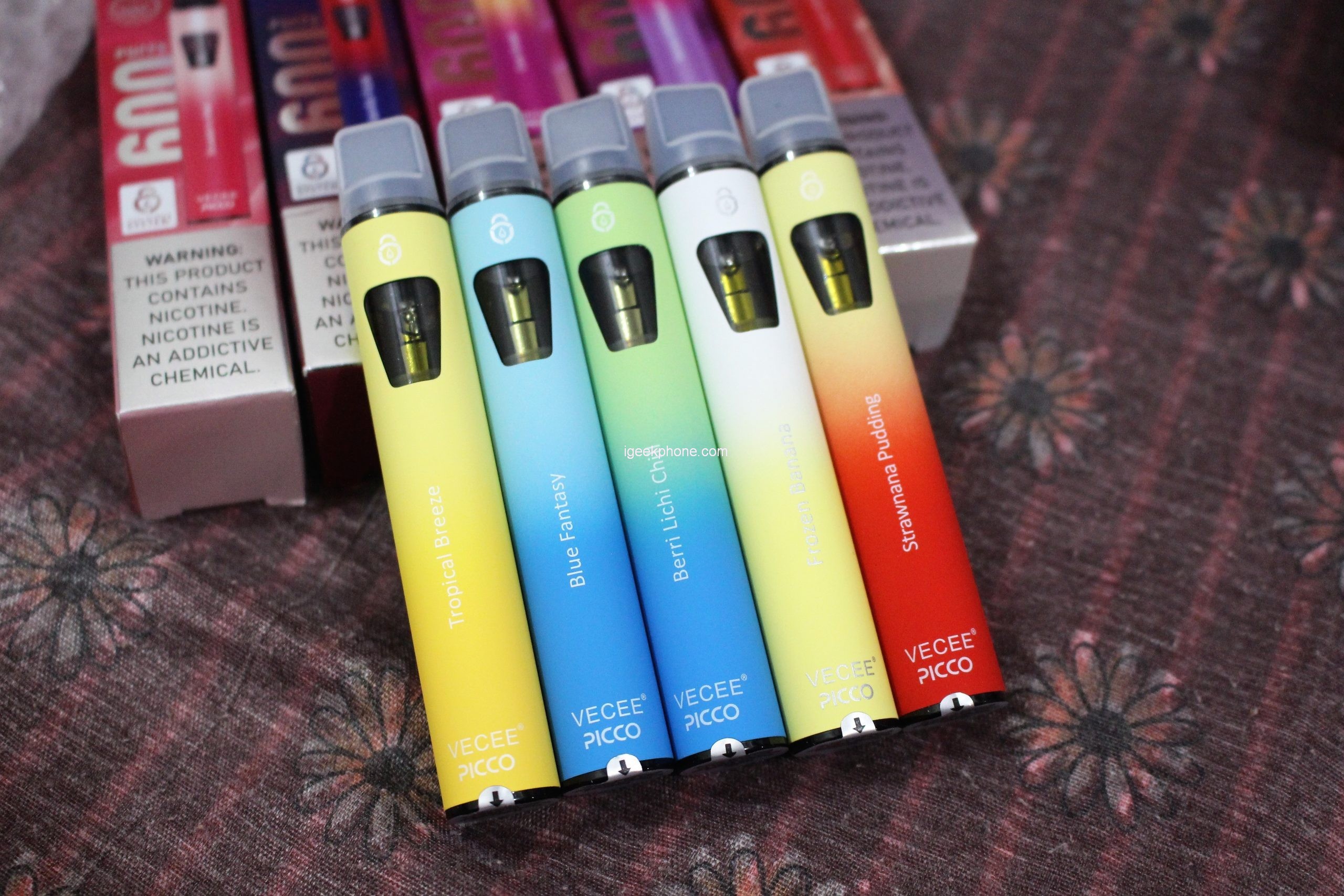Generally speaking, the rubber base of the atomizing bin and the plastic oil bin of the atomizing equipment are sealed by the sealing ring or thread. However, such connection mode can not achieve the effect of complete sealing, atomizing liquid will still leak and volatilize in the process of placing, affecting the user experience. You can check VOOPOO ARGUS G Vs ARGUS Pod SE here.
In order to achieve a complete seal, some atomizer tanks use glue to connect the tank to the base, but curing time affects production efficiency and glue procurement affects production costs.
In addition to the sealing ring, thread and glue, in the assembly process of atomizing equipment atomizing bin, the oil bin and the base can also be sealed by welding, so as to achieve a better effect of water tightness and air tightness.
The main welding methods are ultrasonic welding and laser welding. At present, ultrasonic welding is the main method. Laser welding is expected to become the mainstream of the new application in the industry because it is clean and free of debris and easy to automate integration.
1, ultrasonic welding — fast
Ultrasonic welding is done by means of high frequency mechanical vibration to form joints. The component to be assembled is pressed and clamped between the oscillating welding head and the fixed welding head, and then at right angles to the contact surface, receiving ultrasonic vibration with a frequency of 20 ~ 40KHz. Alternating high frequency stresses generate heat at the joint interface, resulting in a good weld.
Advantages of ultrasonic welding process:
Total cost is lowest in mass production
The welding cycle is short and the welding time is less than 1s
Minimal operational maintenance is required
It can realize the requirements of watertight and airtight assembly
No curing time required
There are no consumables in the welding process
High welding consistency
Pollution-free technology
2, laser welding – zero debris
Laser welding is an efficient and precise welding method using high energy density laser beam as heat source, the most commonly used is laser transmission welding.
Laser transmission welding is to clamp two plastic parts to be welded together under pressure, and then direct a beam of short-wave infrared laser to the part to be bonded, the laser beam through the upper light transmittance material, and then absorbed by the lower material, laser energy is absorbed and converted into heat energy, because the two layers of materials are pressed together, heat energy from the absorption layer to the transmittance layer. Causing two layers of material to melt and join together.
Advantages of laser welding process:
No debris, no smoke, no surface scratches during welding
High speed welding for 2D and 3D products of different sizes
The welding cycle is short, and the welding time is between 0.5s-5s according to the different technology
It can realize the requirements of watertight and airtight assembly
High consistency of repetition in mass production
It can be applied to more kinds of plastics
No curing time required
No consumables were used in the welding process
Easy automated integration
Welding process without vibration, will not damage the internal parts
Ultrasonic welding, the need for surface contact friction, will lead to the generation of debris, even the use of baffle tank can not fully ensure that the debris will not enter the smoke bomb or atomizing bin, and laser welding can avoid the generation of debris.
The above is a simple comparison of ultrasonic welding and laser welding process in the assembly process of plastic parts in atomizing bin of atomizing equipment.










